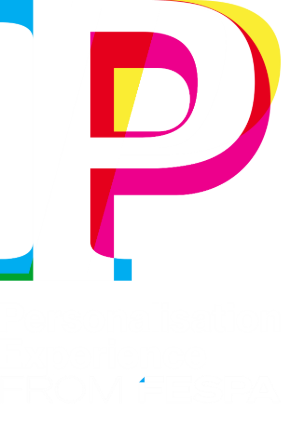Why the Future of Print Is Personal – and What That Means for Your Business
)
Walk through any trade show floor or browse the latest ecommerce shops, and the trend is clear: the future of print is personal.
We’re seeing a fundamental shift in how and why people print. Whether it’s a multinational brand, a fast-scaling creator, or a niche publisher, today’s customers want their products faster, in smaller quantities, and tailored to the moment. That demand is reshaping our entire industry — and creating huge opportunities for printers who are ready to adapt.
At this year’s SmartHub Conference at Personalisation Experience, I’ll be speaking on how this shift is not just a trend, but a transformation. It’s a moment to rethink how we build brands, how we connect with customers, and how we structure our businesses to meet this new demand.
In short: personalisation is driving a dramatic reduction in average print runs. Where businesses once printed 10,000 identical catalogs, they now want the ability to produce 10,000 unique pieces — each tailored to an individual customer. Mass production is giving way to micro orders, with companies seeking the flexibility to print exactly what’s needed, when it’s needed — and deliver it almost instantly.
This is not just a B2C phenomenon. We’re now seeing the same expectations from B2B customers. They want the same level of convenience, speed, and customisation they’re used to in their personal lives.
Add to that growing environmental concerns and global supply chain challenges, and it’s no surprise the industry is moving toward more localized, on-demand models. At Gelato, we call it the move from centralised mass production to local, just-in-time production. And it’s happening faster than many expect.
But here’s the truth: embracing this future means changing the way we operate. It means rethinking your workflow, your procurement, your logistics — and yes, even your brand.
This is where software comes in. At Gelato, we’ve built tools like GelatoConnect, a production software platform used by innovative print service providers to streamline everything from order management to shipping. Our partners are seeing up to a 25% decrease in paper waste, 20% less inventory overhead, and 3–7 percentage point improvements in profitability.
But tools alone aren’t the story. It’s how you use them to meet this new kind of demand that matters. The most successful print companies aren’t just investing in new machines — they’re building brands that are flexible, emotionally resonant, and customer-first.
One of the topics I’ll dive into at FESPA is how branding must evolve in this new era of personalisation. Today’s customers — whether consumers or corporations — don’t just want to buy products; they expect experiences tailored to them. The more data people share, the more they expect brands to use it to deliver relevance — from Coca-Cola’s named cans to automotive brochures customized with the exact car someone has been configuring online.
Personalisation is no longer a nice-to-have — it’s the baseline for connection. Customers expect it — and they reward the brands that deliver. In a crowded market filled with creator-led brands and niche offerings, your ability to tell a compelling, personal story at scale is what sets you apart. That requires more than a clever campaign. It means empowering your entire team to tell the brand story consistently, building emotional connections beyond specs or SKUs. In this landscape, branding isn’t just a marketing function — it’s your growth engine.
Before joining Gelato, I led marketing for global brands like Tag Heuer, Pandora, and Adidas. I’ve seen firsthand how industries are transformed when they embrace personalisation and digitalisation. What’s happening in print today reminds me of the early days of ecommerce or the rise of direct-to-consumer models — except now, it’s our turn.
And the exciting part? We’re just getting started. The digital print market is expected to grow by $90 billion between 2022 and 2027 — more than double the size of the global music industry. But that growth won’t come by doing more of the same. It will come from those willing to build the next version of this industry — more nimble, more sustainable, and more connected to customers than ever before.
If you’re navigating the tension between operational efficiency and creative differentiation — or if you're simply trying to make sense of where the industry is heading — I’d love to connect with you at FESPA.
We’ll explore how personalisation is shaping the future of print, how you can position your business to thrive in this new reality, and how to turn this shift into your biggest advantage.
Let’s shape the next chapter of print — together.
Minna Philipson is the Chief Marketing Officer at Gelato. With decades of experience leading global brands and building emotional connections with customers, she is passionate about helping printers and creators unlock new growth through better branding, smarter operations, and bold storytelling.
SmartHub Conference is a dedicated information programme within the show floor bringing smart, intelligent production to the forefront with an array of insightful content sessions. Register here to visit the conference and Personalisation Experience from 6 - 9 May at Messe Berlin in Germany.


